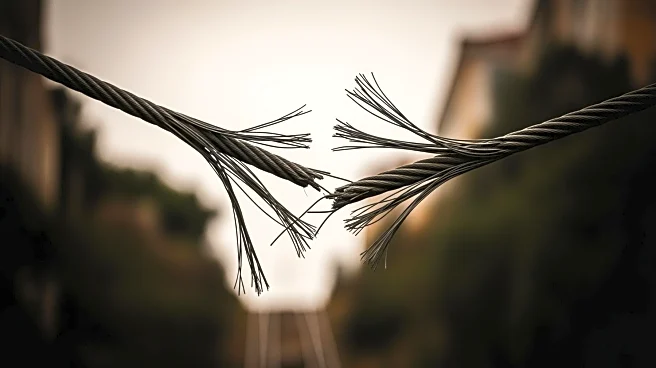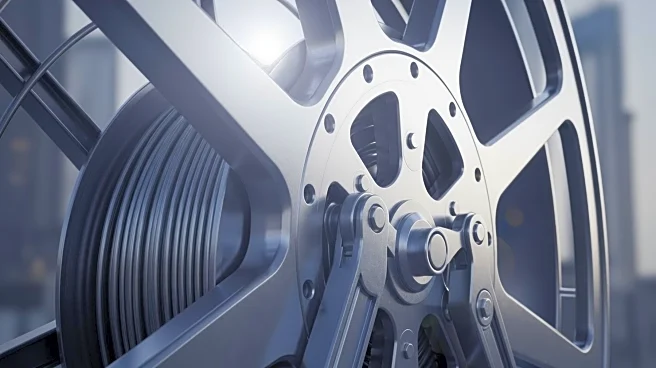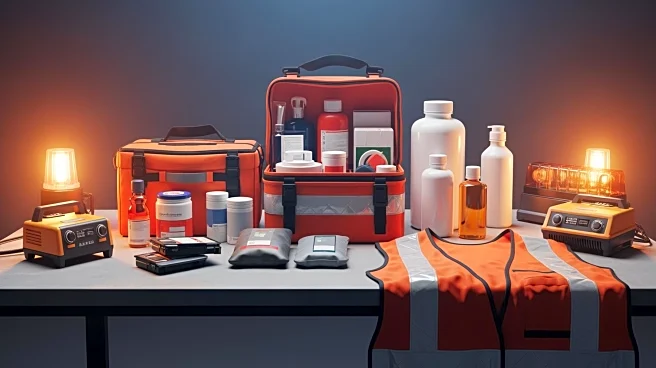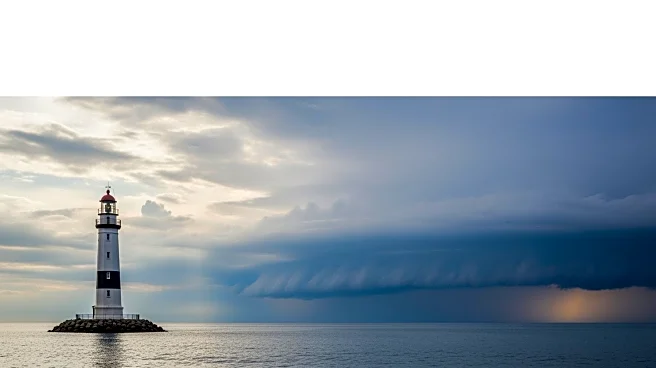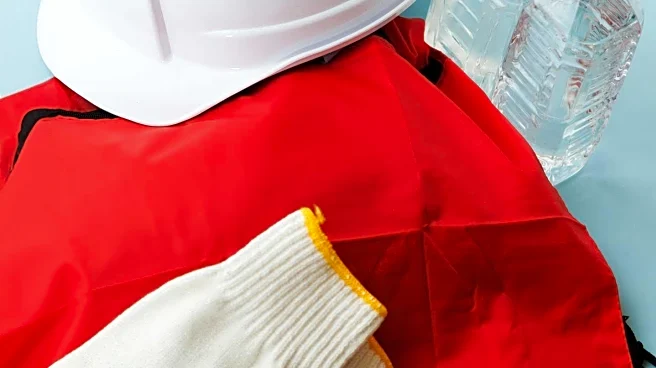What's Happening?
A preliminary investigation into the deadly funicular crash in Lisbon has revealed that a steel cable connecting the Gloria funicular's two carriages broke shortly after the journey began, leading to the accident
that killed 16 people and injured several others. The Office for the Prevention and Investigation of Accidents in Civil Aviation and Rail (GPIAAF) conducted the probe, which found that the cable 'gave way' at its attachment point inside the upper car. Despite a scheduled inspection on the morning of the incident, no anomalies were detected in the cable or braking systems. The report noted that the cable had been installed 337 days prior and was expected to have a useful life of 600 days.
Why It's Important?
The preliminary findings highlight critical safety concerns regarding the maintenance and inspection of transport systems, particularly those with historical significance. The incident has raised questions about the adequacy of current safety protocols and the reliability of inspections. The crash has had a profound impact on the victims' families and the local community, prompting calls for improved safety measures and accountability. The report's findings may lead to changes in regulatory standards and increased scrutiny of transport operators to prevent future accidents.
What's Next?
GPIAAF is expected to publish a full preliminary report within 45 days, followed by a final report within a year. The investigation will continue to explore the exact causes of the incident and may result in recommendations for changes in safety standards and practices. The transport operator may face legal and regulatory challenges as authorities seek to ensure compliance with safety protocols. The incident may also influence policy decisions regarding the operation and maintenance of historical transport systems.
Beyond the Headlines
The crash has sparked discussions on the cultural and ethical implications of maintaining historical transport systems. As cities strive to preserve their heritage, they must also address the safety risks associated with aging infrastructure. The incident may lead to increased investment in technology and infrastructure upgrades, balancing preservation with modernization to ensure public safety.
